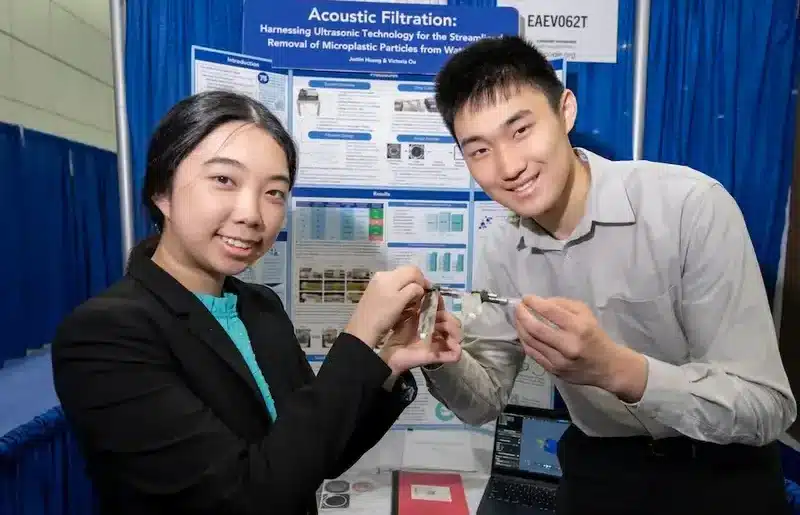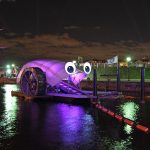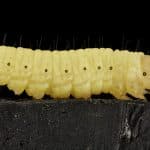Pollution has become one of our planet’s most pressing environmental threats. Things like plastic bottles and waste from factories are continuously harming our environment. This trash ends up in the ocean and other bodies of water, harming water quality, polluting the environment, and spreading diseases and parasites.
Microplastics have made the problem even worse. These tiny plastics are bad for the environment. They get into our food and can be found almost everywhere: in the oceans, rivers, lakes, soil, and air.
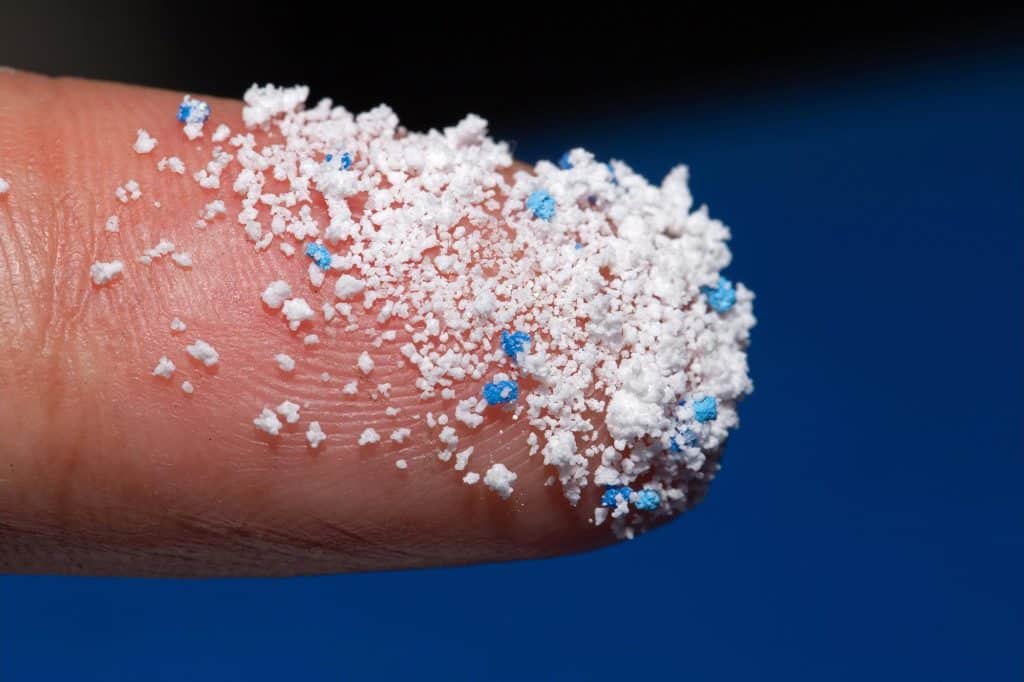
Microplastics in the environment can dirty the soil and water, affecting the environment and possibly causing health problems. They’ve also been found in many different animals, from sea creatures to birds.
Although it’s still unclear how microplastics affect human health, studies have found that chemicals in plastic have been connected to higher chances of cancer, problems with fertility and growth, and hormone imbalances. This is why it’s important to deal with the problem of microplastic pollution.
Thankfully, scientists have been working hard to fight this widespread problem.
Did you know that two teenagers have also invented a device to tackle one of the world’s most challenging sources of pollution? Pretty amazing, huh?
Victoria Ou and Justin Huang, both 17, are from Woodlands, Texas. They invented a device to tackle the widespread issue of microplastic pollution.
These tiny plastic particles can be found everywhere, from the deepest ocean to the highest mountains, and are found in household dust, as well as in food and water.
It’s estimated that each person inhales and ingests an amount of plastic equivalent to a credit card per week, which can then be found in our bodies, including the lungs, blood, breastmilk, and reproductive organs.
Although microplastics are usually too small to be seen, a study from Australia’s University of Newcastle suggests that the average person ingests this much plastic each week. Researchers think this is seriously affecting our health and could be linked to cancer, dementia, reproductive issues, and organ diseases.
Ou and Huang shared a common interest in environmental issues, but their visit to a water treatment plant sparked an idea for their International Science and Engineering Fair (ISEF) project sponsored by Regeneron. They learned that the Environmental Protection Agency (EPA) does not regulate microplastics, so these tiny plastics remain in our wastewater. This made them realize the importance of focusing on this issue.
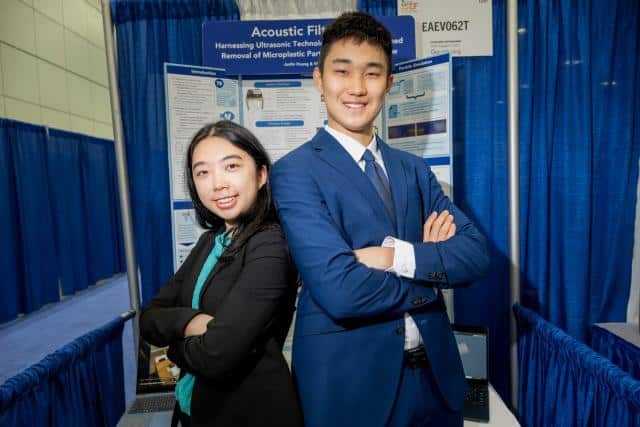
They also found that existing methods for removing microplastics have limitations, such as high cost and the potential for contamination. Chemical coagulants can clump microplastics together for easier filtration but can also pollute the environment and are expensive.
Physical filters clog easily, and biological solutions like using enzymes need to be more efficient at a large scale. Huang expressed their motivation to find a better solution because current methods are ineffective.
So, how does their device work?
They used ultrasound to remove tiny pieces of plastic from water. The waves pushed the plastic away without slowing down the water.

Huang and Ou’s device is about the size of a pen. It’s just a long tube with two electric parts that use sound to filter water in two steps. When water passes through the device, the sound waves create pressure that pushes back microplastics but allows the water to pass through.
In the end, the water that came out was clean and free of microplastics. The two teens tried their device with three usual types of microplastics: polyurethane, polystyrene, and polyethylene.
A study mentioned in a Society for Science news release found that this method removed 84-94% of the microplastics.
The duo won $50,000 for their microplastic filtration device from the Gordon E. Moore Award for Positive Outcomes for Future Generations, which they presented at the Regeneron International Science and Engineering Fair in Los Angeles.
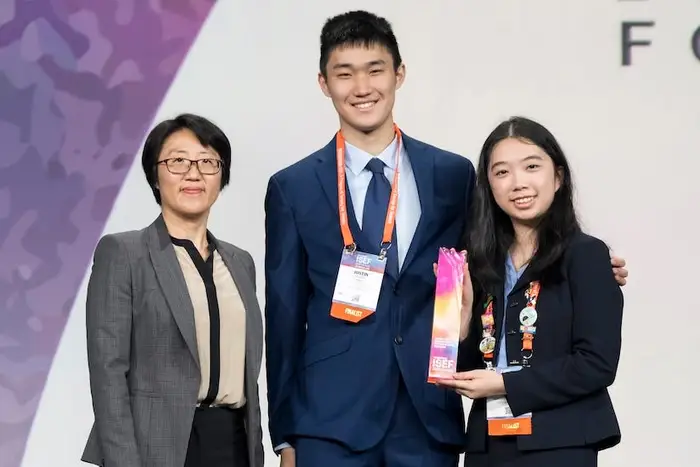
They also won the top prize in the Earth and Environmental Sciences category sponsored by Google.
Although the ultrasonic technique is in its very early stages, Huang and Ou hope it could one day help clean up plastic from wastewater treatment plants, industrial textile plants, and rural water sources. On a smaller scale, it could clean tiny pieces of plastic from washing machines and fish tanks.
In the future, the pair aims to scale up their technology as an affordable and efficient method of removing microplastics worldwide.
